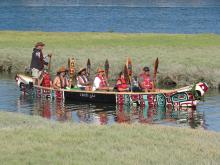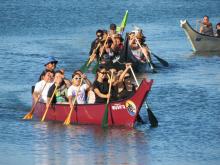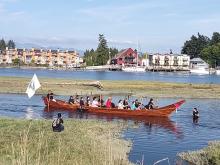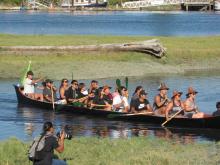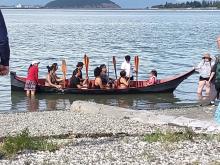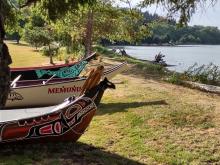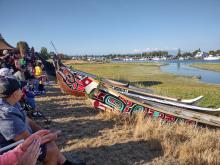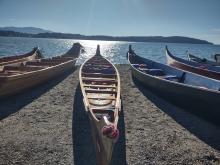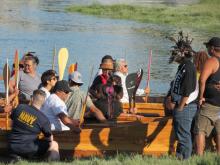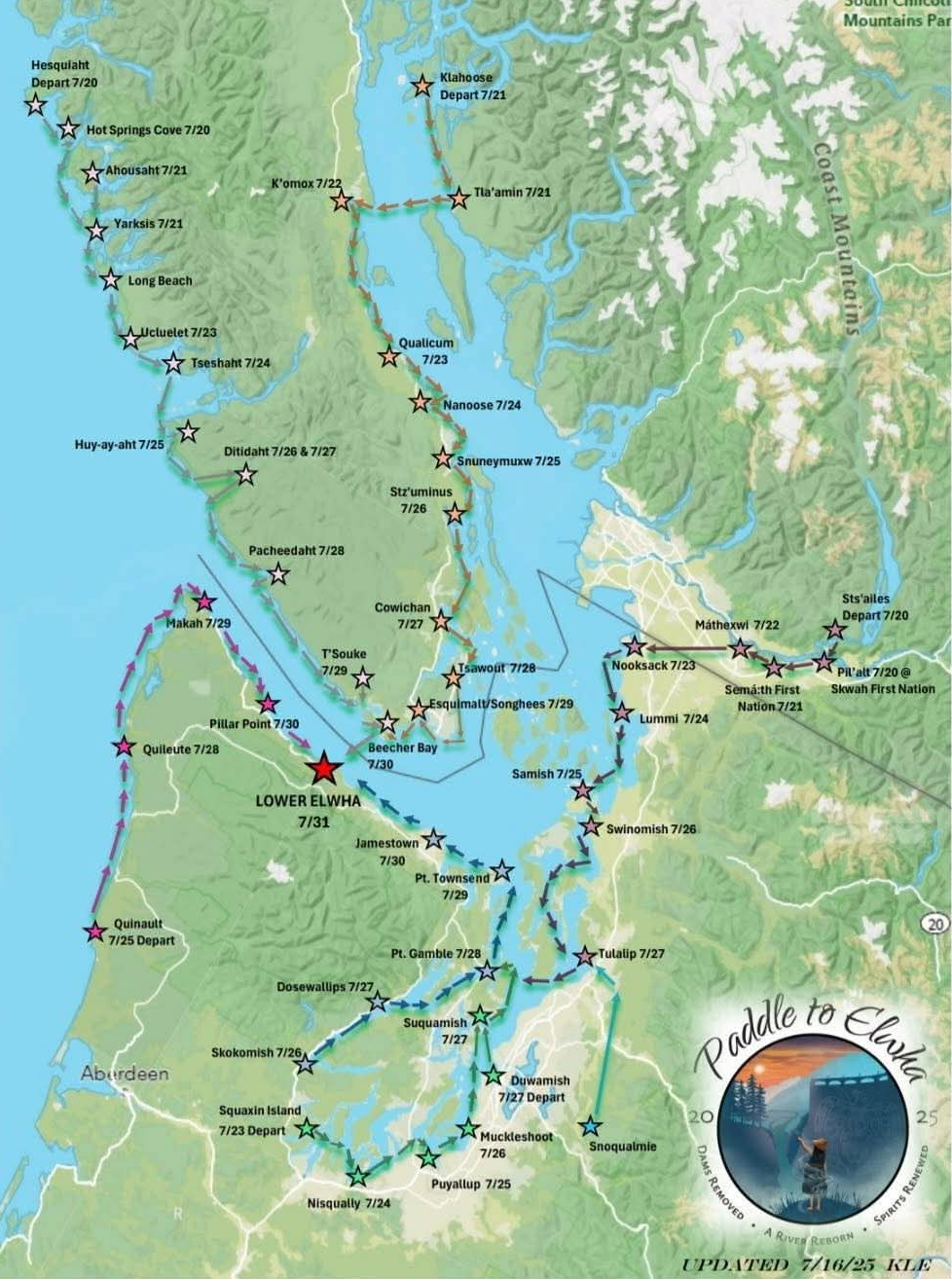https://www.samishtribe.nsn.us/who-we-are/culture
The Samish Indian Nation stands as the proud successor to the historically powerful Samish Tribe, one of the original signatories of the 1855 Treaty of Point Elliott. For countless generations, the Samish people have called the magnificent Salish Sea region of Northwest Washington their home, with traditional territory spanning from the peaks of the Cascade Mountains to the distant shores of the San Juan Islands. This diverse landscape of extraordinary beauty and natural abundance has shaped the Tribe's rich cultural heritage—traditions that continue to thrive in the present day.
Cultural Identity and Language
As members of the Coast Salish peoples, the Samish speak a distinctive dialect known as "Straits Salish," which sets them apart from neighboring tribes who speak Lushootseed dialects. The Samish social structure traditionally centered on four interconnected levels: families, house groups, villages, and the tribe as a unified whole. Through strategic marriages, high-status tribal members created extensive kinship networks that reached far beyond their immediate territory. These vital relationships served as a form of social insurance, providing access to food and shelter in distant areas during times of hardship.
Renowned Craftsmanship and Community
The Samish people earned widespread respect for both their deep spiritual wisdom and their exceptional craftsmanship. They were master builders, creating impressive canoes and constructing massive longhouses that served as centers of community life. One remarkable longhouse on eastern Samish Island stretched for several hundred feet, with historical records suggesting it may have extended an astounding 1,250 feet in length.
Historical Challenges and Resilience
The mid-19th century brought devastating challenges to the Samish people. In 1847, the Tribe flourished with more than 2,000 members. However, by the time of the Point Elliott Treaty negotiations just twelve years later, a combination of raids by Northern Tribes and catastrophic disease epidemics—including measles, smallpox, tuberculosis, and influenza—had tragically reduced the population to approximately 150 people. Historical records indicate that 113 Samish citizens were present at the treaty signing in Mukilteo in 1855, bearing witness to this pivotal moment in their history.
Modern Governance and Community
Today, the Samish Indian Nation operates under the leadership of a seven-member Tribal Council, democratically elected to manage the Tribe's welfare and resources. The Council oversees critical areas including constitutional matters, economic development initiatives, policy creation, legislative affairs, tribal enrollment, and justice administration. Supporting this leadership structure is the General Council, comprising all voting-age citizens who actively participate in both governance decisions and cultural celebrations.
The contemporary Samish leadership skillfully balances time-honored traditions with modern governance tools, ensuring the Tribe remains connected to its ancestral ways while adapting to present-day needs. Through this approach, the Samish Indian Nation provides its citizens with diverse opportunities for growth and community participation, honoring the past while building toward a vibrant future.
